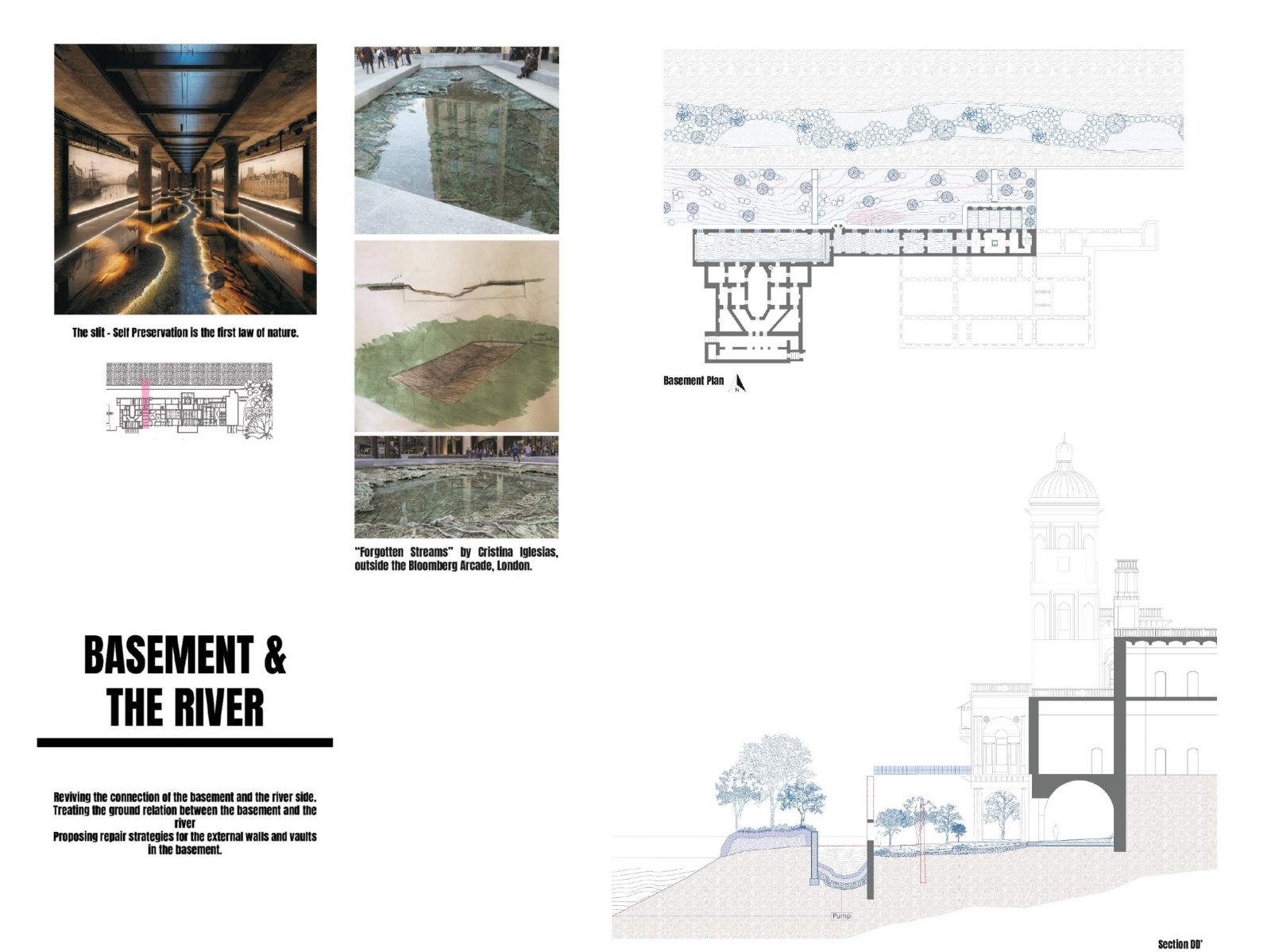Your browser is out-of-date!
For a richer surfing experience on our website, please update your browser. Update my browser now!
For a richer surfing experience on our website, please update your browser. Update my browser now!
This particular studio case of Farah Baksh and Chattar Manzil emphasizes that architecture serves as the setting for stories, not only human narratives but also those involving the interplay between the built environment and nature. When buildings are abandoned, their stories do not end; instead, new narratives begin as nature gradually reclaims these spaces, unveiling hidden non-human entities within. This transformation turns abandoned structures into settings for diverse stories, driven by non-human inhabitants and the dynamic relationship between architecture and the natural world. The key takeaway is that abandonment does not signify an end but rather the start of a new chapter, where spaces are repurposed and unseen aspects are revealed. In design-led planning processes, this perspective calls for creating more variety and opportunities tailored to local contexts, ensuring unique outcomes that provide quality and choice in the market. Such approaches can contribute to long-term affordability while promoting principles of affordability, well-being, experiential choice, and environmental stewardship. These goals can be achieved through three key processes: Restore, Renew, and Retrofit. By embracing conservation with an openness to new possibilities and methodologies, we can create a sustainable array of living typologies that respect and adapt to their environments.
View Additional Work







